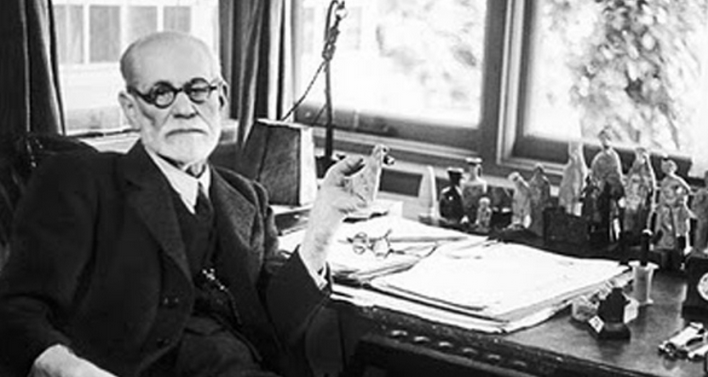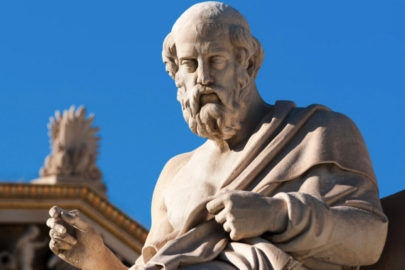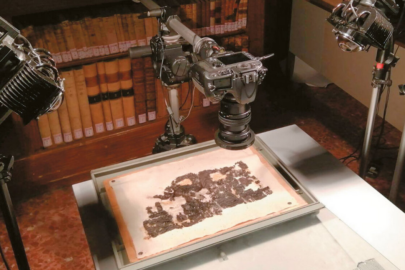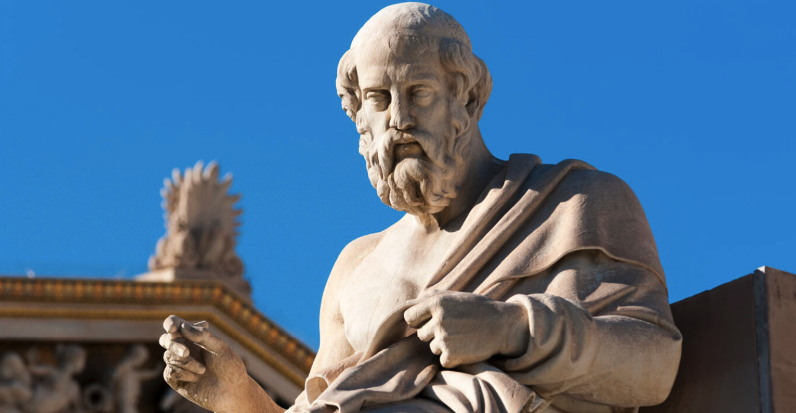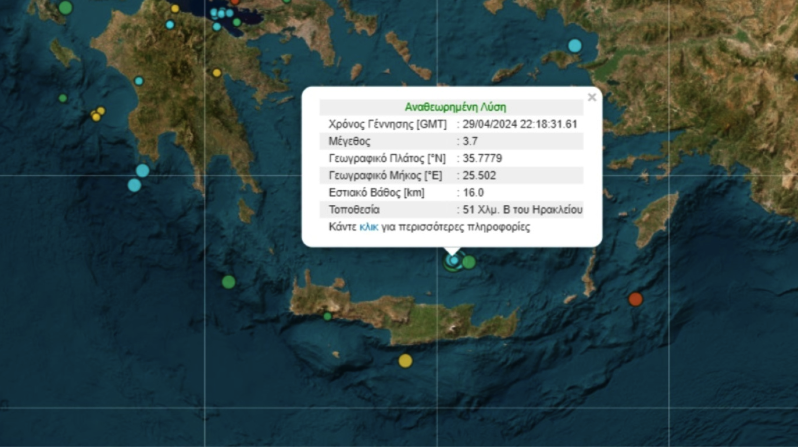Indigenous peoples in the Amazon and Andes regions of South America have been chewing coca leaves for as many as 8,000 years. But did you know that these leaves were only transformed into highly-addictive cocaine in the 19th century when likes of Freud started touting cocaine as a miracle drug?
Coca leaves are a natural stimulant which have been part of the Andean way of life for thousands of years. Chewing them or consuming coca tea increases energy, combats altitude sickness, helps with digestion and is even said to alleviate hunger pangs, reduce period pain and act as an anesthetic. Even Pope Francis has been seen to drink coca tea, while Bolivia celebrates an annual coca leaf chewing day.
Coca leaves are a hugely important part of the culture and history of the Andes, particularly during the time of the Inca Empire from about 1200 AD. An Inca legend has it that the coca plant sprouted from the body of the beautiful, green-skinned and free-loving Kuka. Known for seducing anyone who set eyes on her and provoking obsession in her wake, the Inca emperor ordered she be executed, cut in pieces and buried. The resulting plant was called coca in her honor.
Read more: Ancient Origins

